The science behind Hitler’s atomic bomb
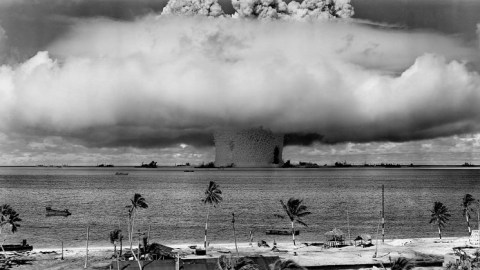
And the story of how the greatest act of WWII sabotage stopped it.
“I am become death, the destroyer of worlds.” –J. Robert Oppenheimer
In the 1930s, as Europe stood on the precipice of World War II, a slew of nature’s secrets were being revealed to scientists everywhere. The atomic nucleus was discovered to have multiple components — protons and neutrons — with different binding energies inside. Some atoms were naturally radioactive, either spitting out helium nuclei (α decay) or electrons (β decay) as they decayed into different, more stable elements, but others could have nuclear reactions induced in them by coaxing them into capturing neutrons. While the Sun took the lightest elements and fused them into heavier ones, releasing energy, the heaviest elements could be split apart, through the process of nuclear fission, into lighter ones, also releasing a tremendous amount of energy. When the first fissile element (Uranium-235) was discovered, it was immediately recognized that the reaction each Uranium atom undergoes gives off more than 100,000 times the energy of an equivalent mass of TNT exploding.
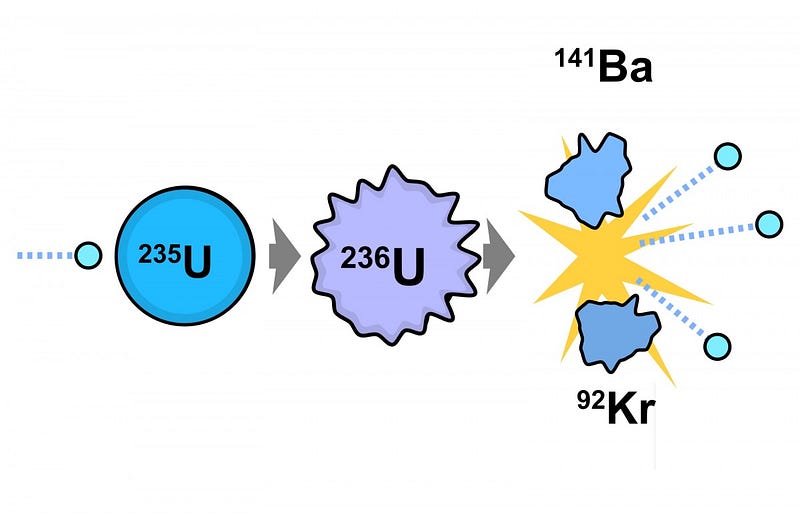
The way to get a fission reaction to occur was simple: bombard your fissile material with neutrons. Want to make the fission reaction more efficient? There are many things you can do:
- Increase the percentage of your fissile material in your sample.
- Slow down the neutrons you’re bombarding them with, making them easier to absorb.
- Remove any neutron-absorbing material inside, meaning that a higher percentage of your neutrons trigger fission reactions.
- And to use a reaction that’s self sustaining: it produces additional free neutrons for each fission reaction that occurs.
In the United States, the Manhattan project scientists recognized all of this, and went down a number of avenues to ensure the success of their fission bombs.

Enriched samples of Uranium-235 and Plutonium-239 were produced: fissile materials that released tremendous amounts of energy when activated by neutrons, yet that also produced additional neutrons to continue a chain reaction. Both water and graphite were excellent mediums for slowing down neutrons, as the collisions between neutrons and those nuclei exchanged energy, slowing the neutrons down. Normal water (H2O), however, was no good, as the free protons in the hydrogen nuclei readily absorbed neutrons, creating deuterium. But if you used “heavy water,” made out of deuterium (HDO) or even “double heavy water” (D2O) in lieu of water, the neutron absorption would be greatly reduced, enabling you to build a fission bomb of tremendous efficiency. In the 1940s, American scientists led by J. Robert Oppenheimer, Edward Teller and others figured all of this out, eventually succeeding in their endeavor. But at the same time in Nazi Germany, relative unknown Kurt Diebner and the theoretical titan Werner Heisenberg had figured out the exact same physics, and were working to build an atomic bomb of their own.
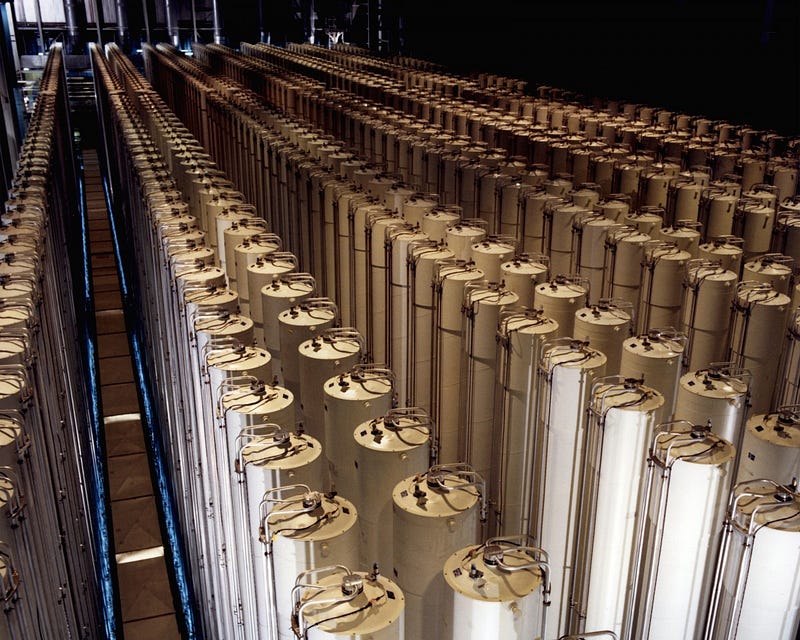
By the early 1940s, the Germans were well ahead of the allies in their efforts, having procured all of the ingredients necessary for the bomb save one: the heavy water, which was only available in Norway in one particular plant: Vemork. More than any other reason, this was the impetus for the 1940 Nazi invasion of Norway, forcing the Norsk Hydro scientists to accelerate production of this mysterious substance which — it was joked — was only good for improved ice rinks (since it froze at 4º C instead of normal water’s 0º C); by 1942, more than a ton of it had been shipped to Germany. According to the calculations of Heisenberg and others, three-to-six metric tons were needed for a working fission bomb.
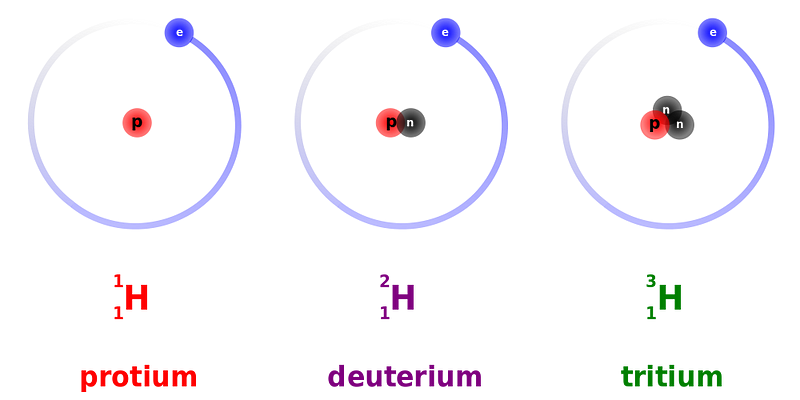
Yet the Nazis never completed their bomb, thanks to the combined efforts of the Norwegian resistance and the allied help of the British Special Operations Executive (SOE) to sabotage the heavy water production at Vemork. Led by Leif Tronstad, the Norwegian scientist who figured the Nazi plan out and escaped his occupied country to warn the allies, the journey involved everything from contaminating the heavy water with cod liver oil to trekking over 500 pounds of equipment through the frozen Norwegian winter, only to fall through the ice and fight with a dead battery. A brilliant attempt was made towards the end of 1942 to blow up the plant, but a glider crash resulted in the capture and execution of the saboteurs by the Gestapo in Nazi-occupied Norway. Yet in February of 1943, a second attempt, known as Operation Gunnerside, sent in an SOE-trained team of Norwegian commandos, and they succeeded in destroying the plant. Coincident with the Nazi defeat at Stalingrad, this truly marked a decisive turning point in the war. The destruction of the plant at Vemork became known as the most successful act of sabotage in all of World War II.
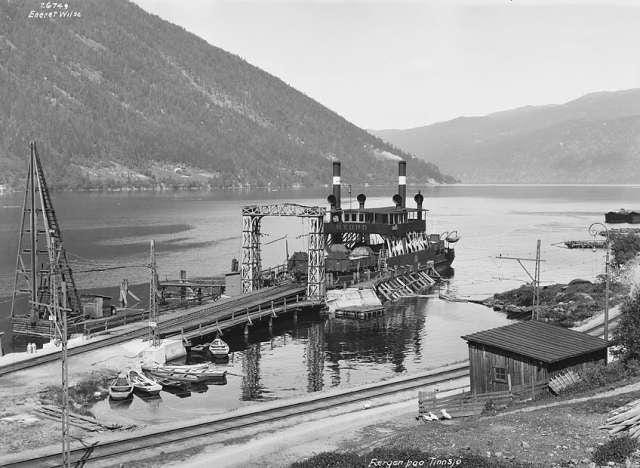
Yet the story didn’t end there; in 1944, the Nazis attempted to use the steam powered railway ferry, SF Hydro (or DF Hydro), to send the remaining heavy water to Germany in a last-ditch attempt to obtain the heavy water needed for an atomic bomb. The sinking of that ferry — to the bottom of a 400 meter (1,400 feet) lake — was perhaps the most critical victory in preventing Nazi Germany from obtaining the materials they needed for the atomic bomb. If not for the Norwegian resistance, Leif Tronstad and the British SOE, the entire rest of World War II (not to mention the future of the world since) may have unfolded very differently. As it stands, the fight over the world’s largest production plant of heavy water is one of the most important, and yet one of the most under-told, stories in all of World War II.
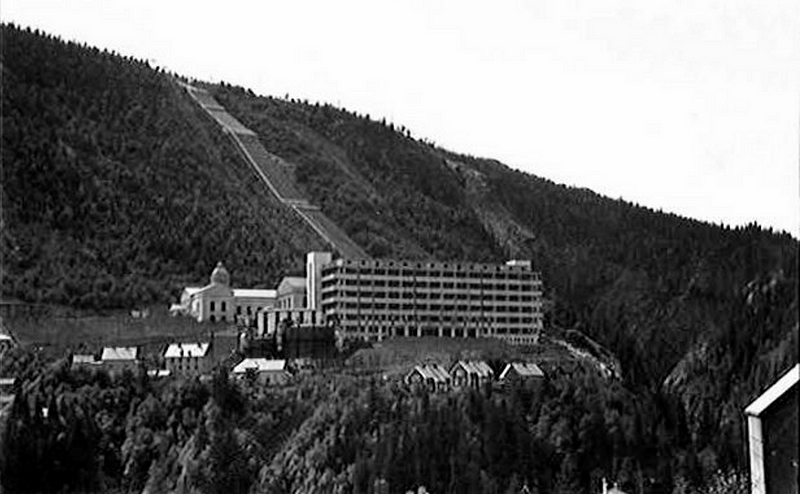
I’m pleased to report that the full story of the plan to sabotage Hitler’s atomic bomb is now told with both historical and scientific accuracy in Neal Bascomb’s new book: The Winter Fortress. As someone who’s thoroughly enjoyed a number of books about World War II history, this book has rocketed into my pantheon of the top suspense-filled stories about that era, along with Harrison Salisbury’s The 900 Days, about the story of survival during the siege of Leningrad, and The Colditz Story, about the most successful P.O.W. prison break where over 300 men escaped from the highest security Nazi prison of all.
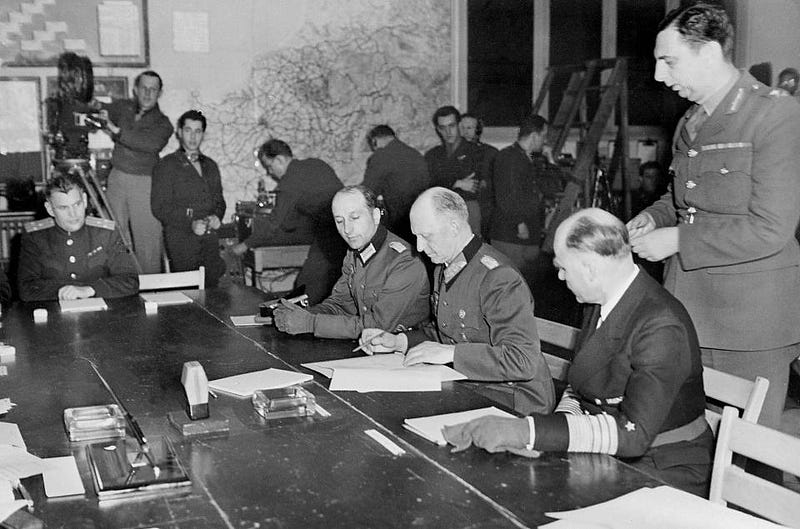
There’s perhaps no better legacy to the history of this planet that Heisenberg is remembered for his uncertainty principle — about the inherently indeterminate relationship between variables like position and momentum or energy and time — rather than for his design of the weapon that allowed the Nazis to conquer the world. Instead, just four months after the sinking of the SF Hydro, the D-Day invasion took place. 11 months later, Germany surrendered. It’s a rare case when the link between science, war and history are so clear, and yet it’s quite arguable that we’re only here today, living in relative peace and freedom on Earth, because of the brave actions taken in the 1940s by a group of saboteurs who saved the world.
This post first appeared at Forbes. Leave your comments on our forum, check out our first book: Beyond The Galaxy, and support our Patreon campaign!





